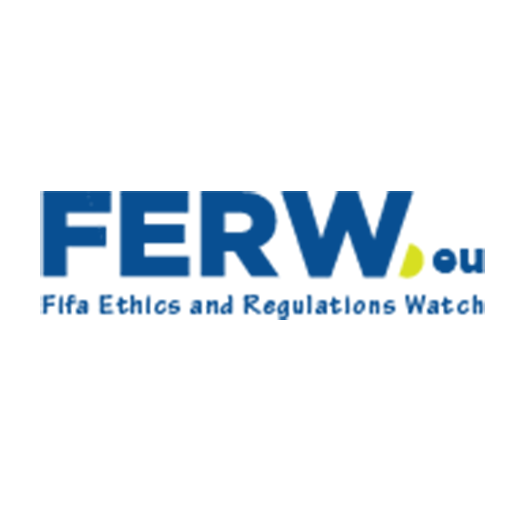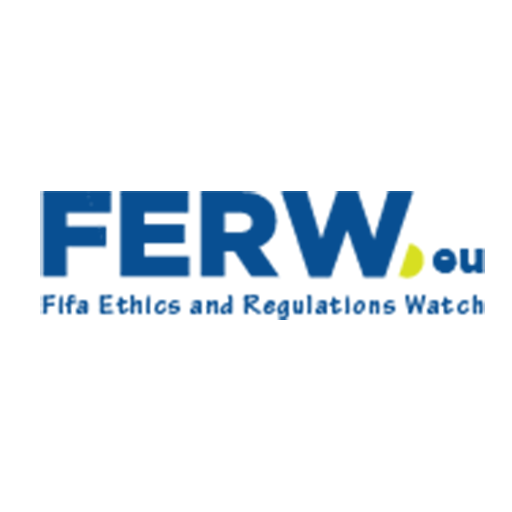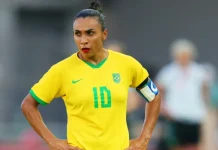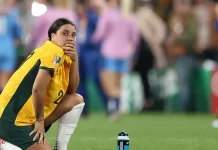Women’s football has experienced significant global momentum, with 2025 projected to be its most commercially successful year yet. Global revenue for elite women’s football is estimated at $820 million, up from $740 million in 2024, signaling rising sponsor and broadcast engagement. The UEFA Women’s EURO 2025 alone is expected to generate around €128 million ($140 million), more than double the previous edition. Media rights now account for over €72 million of that total. Matchday enthusiasm remains strong, with average attendance figures rivaling major men’s domestic leagues and several marquee matches exceeding 75,000 fans.
Financial Gains Versus Systemic Undervaluation
Despite these promising figures, FIFA’s structural response remains tepid. FIFA President Gianni Infantino declared in 2025 a $1 billion revenue target for the Women’s World Cup, claiming it as a reinvestment benchmark. Yet scrutiny of funding allocations reveals that only a fraction is directly accessible to players, clubs, and federations on the women’s side. Of the $152 million spent in 2023 across preparation, club benefits, and federation support, large disparities remain in how resources reach stakeholders, with many grassroots systems still chronically underfunded.
Structural Financial Gaps and the Unequal Distribution of Funds
Disparities in Prize Allocation and Development Support
UEFA mandates for the Women’s EURO 2025 assign just 30-40% of total prize pools to players. The rest is funneled toward ambiguous development targets or general federation budgets, often without transparent accounting. FIFA has mirrored this approach in global tournaments, limiting women’s compensation in comparison to their male counterparts.
Emerging and mid-tier leagues particularly suffer from a lack of resource backing. Leading women’s leagues average revenues of $4.4 million but report operating expenses of $7.6 million, illustrating systemic imbalance. Lower-tier leagues fare worse, with average income as low as $76,000 against costs exceeding $182,000. This shortfall hampers player wages, league professionalism, and the cultivation of new talent.
Uneven Federation-Level Investment
FIFA’s development disbursements prioritize federations with preexisting infrastructure, leaving smaller and underdeveloped football markets behind. This further continues the two-tier system even within women football itself with countries taking massive leaps ahead and some others stagnating. Pledged investment in coaching, developing youth players, and setting up a league has not been very consistent and poorly tracked.
FIFA’s Governance and Policy Approach to Women’s Football
Commitment Versus Implementation in Gender Parity
FIFA has presented its ambitious targets, such as the development of women’s tournaments, improving their visibility, and increasing the financial investment. Implementation is also limited by the bureaucratic priorities that existed since a long time ago. Funding systems within the country are biased against women in their football, and the decision-making powers are still patriarchal. Gender equality is an idealistic quest as opposed to the problematic imperative.
The governance circle 2025 has not yet come up with binding measures on these gaps. FIFA’s women’s football division operates under constrained autonomy, with limited oversight powers to enforce funding equity across confederations and national federations.
Commercialization and Media Rights: Favoring Established Markets
The media strategies by FIFA still focus on profitability rather than fair growth. The sponsors and broadcasters invest in Europe and North America where women football teams are already visible. Regions in Africa, Asia, and South America are left underrepresented, restricting the game’s global footprint.
Although the broadcast deals on the part of women match the much-publicized FIFA are growing in value, the overall proportion of women FIFA broadcast deals takes a pitiful share of the sum of the entire deals. Without affirmative investment or targeted marketing strategies for women’s competitions, the commercial gap between men’s and women’s football continues to widen.
Stakeholder Perspectives Reflecting Ambitions and Frustrations
Players and Advocates Demand Equity and Transparency
Across global leagues, players express dissatisfaction with FIFA’s disjointed support. Welcome money grows, although it is not even very often at the level of clubs or amateur sports, where athletes lay their career. Players have lobbied to have fair equity policies that are binding and revenue sharing calculations that are open.
The failure on the part of national men has highlighted institutional inequalities through recent collective action by national women teams. Sports people want to find out how the development funds are spent and require there to be accountability where equity promises are monitored.
Fan Engagement and Media Voices Encouraging Reform
Women’s football keeps rising because of fans. Record-breaking attendances and social media campaigns depict high interest of people in fairness. Commentators like AliceTalksFooty highlight how FIFA’s commercial ambition coexists with governance inertia, casting doubt on whether the women’s game is genuinely prioritized.
Man Utd’s treatment towards their women’s team is horrific:
They have been waiting for good facilities for years, only to be kicked out of them and moved into portable buildings so the men can now use them. The awards ceremony was cancelled for everyone after the women won the FA… pic.twitter.com/EwpSeUyTFe— Alice (@AliceTalksFooty) June 26, 2024
On the one hand, people observe that FIFA, as with most of its products of conventional football, glorifies women football as a sign of improvement, and on the other hand it can be observed that all the glorification makes it sound serious but when the structures that embody it are considered, there is seriousness lacking. Tighter scrutiny by the masses sets in with every tournament season, by making the organization more vulnerable to book its own words.
Forward Pathways: Balancing Growth, Equity, and Sustainability
Building Sustainable Ecosystems for Women’s Football
Long-term growth is to be achieved through structural reforms. FIFA has to guarantee redistributing resources more justly to the elite and grassroots level and to all the regions in the world. This will involve necessary investing in infrastructure, coaches, youth academies and player pathways in the underrepresented countries.
Another area that needs to be addressed in terms of sustainability is the ability to have the leagues become self-sufficient. The commercial incentives should be expanded so as to make investment in new markets. The federations require dedicated support schemes and media rights deals that do justice to the real growth potential of female football.
Institutional Accountability and Inclusive Governance
Reforms are sustainable through transformation of governance. It is compulsory that FIFA puts the clauses of gender equity, which are enforceable, into the contracts of event hosting and distributions of finances. ladies should be brought up more in terms of representation at the governing levels and the team that runs the sport should personify its various players.
This needs to be followed by transparency in the process of financial disbursement, culminating in the auditing of prize allocations along with public reporting. Engaging with independent experts, civil society, and player unions can help align FIFA’s practices with its stated ambitions.
As football analyst AliceTalksFooty observes, the critical task for FIFA is not merely to elevate women’s football commercially, but to “restructure its thinking and resource allocation to shed the second-class champion model” that has long plagued the sport. Systemic change is needed to ensure that, without it, the symbolic wins do not coincide with the reality of the majority of female players and their communities.
The trend in the growth of women football in 2025 is irrefutable. Its fraternity however remains subject to be hampered, unless it ensures structural equality coupled with open and fair government and is also well balanced in terms of investment products. The actions that FIFA takes today will not only determine the future of women football, but the integrity of the sports as an international organization dedicated to equity, inclusivity and real development.












